News Splash Issue 15 Spring 2023
Letter from the President
Science SpotlightEach issue, we invite two early-career members of the zebrafish community to write an article in the newsletter covering recent high-impact zebrafish publications of their choice: one a technological innovation publication and one a new biological discovery. The Biological Discovery article in this issue is written by Uzoamaka Nwagbo, a graduate student at the University of Utah, while the Technology Development article in this issue of the News Splash is written by Sunandan Dhar, a graduate student at the Mechanobiology Institute, National University of Singapore. If you are interested in a mentored science writing opportunity to contribute a Science Spotlight article for a future issue of the News Splash, contact Cecilia Moens (cmoens@fredhutch.org) and/or Karuna Sampath (K.Sampath@warwick.ac.uk). A Multi-modal approach reveals a new role for the motile ciliary protein CFAP20 in zebrafish photoreceptors Movement and response to stimuli are some of life’s basic processes. Eukaryotes, from single-celled Paramecium to highly complex organisms like humans, regulate life processes through cilia. Cilia are specialized organelles that move to facilitate the movement of fluid (like bronchial epithelial cells) or detect sensory input (like olfactory epithelia). There are two kinds of cilia: motile cilia have an axoneme with a 9+2 microtubule organization with dynein arms that power beating movements for fluid flow and cell motility- and are associated with a heterogeneous group of human disorders characterized by infertility, chronic respiratory infections, and left-right organ reversals. On the other hand, primary (non-motile) cilia have a 9+0 microtubule organization and are involved in sensing chemicals, morphogens, and pressure, and are associated with more severe neurodevelopmental disorders. Since there was little to no overlap in diseases caused by defects in motile versus primary cilia, scientists for a long time believed in the exclusivity of primary and motile ciliopathies. - continue reading - Probing biomechanics in vivo - send in the robots! Many biological processes, from development to homeostasis to disease, involve physical movements: pushing, pulling, stretching, contracting, and twisting of cells and tissues. The physical properties of tissue environments vary with tissue type, age of the organism, and disease conditions such as cancer or inflammation. These environments are not static, and involve dynamic forces generated by cells. The interplay of such forces plays a key role in collective migration and patterning of groups of cells during morphogenesis or wound repair. - continue reading - Meet the PIEach issue of the News Splash highlights the research and careers of PIs who are members of the IZFS. We ask them to answer questions that were developed with input from graduate students and postdocs, reflecting their curiosity about the issues and challenges faced by zebrafish PIs from around the world.
Click here to read the Meet the PI features. Meet the ResearcherEach issue of the newsletter also highlights the research and developing careers of undergraduate, graduate and post-doc members of the IZFS: where they came from, where they hope to go, their challenges and inspirations.
Click here to read the Meet the Researcher features. |
|||||||||||||||||||||||||||||||||||
|
Lab Technician: Syracuse University |
Research Specialist - HHMI Ashburn, Virginia, USA January 30, 2023 |
|
Postdoc Position: University College London |
PhD Student: Universitats Klinikum Ulm |
| Post-doc Opportunity: Targoff Lab New York City, New York, USA March 24, 2023 |
Lab Technician: University of Utah |
| Research Specialist - Zebrafish Transgenics - HHMI Ashburn, Virginia, USA February 6, 2023 |
Have an idea for the newsletter or would like to contribute? Contact us at info@izfs.org! We'd love to hear from you!
| IZFS Newsletter Committee | Contributors | ||
| Cecilia Moens | Rebecca Burdine | Sunandan Dhar | Uzoamaka Nwagbo |
| Ken Poss | Karuna Sampath | ||
| Brant Weinstein | Han Wang | ||
| Kathleen Whitlock | Tanya Whitfield | ||

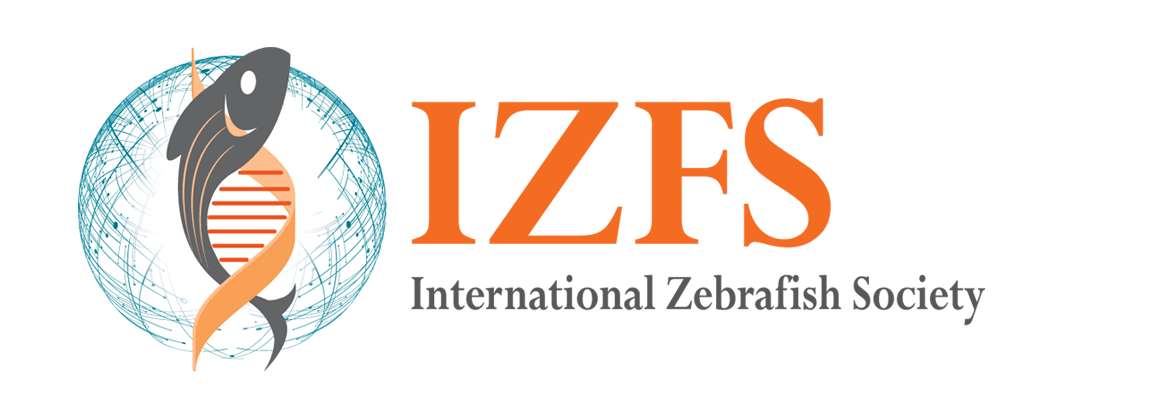
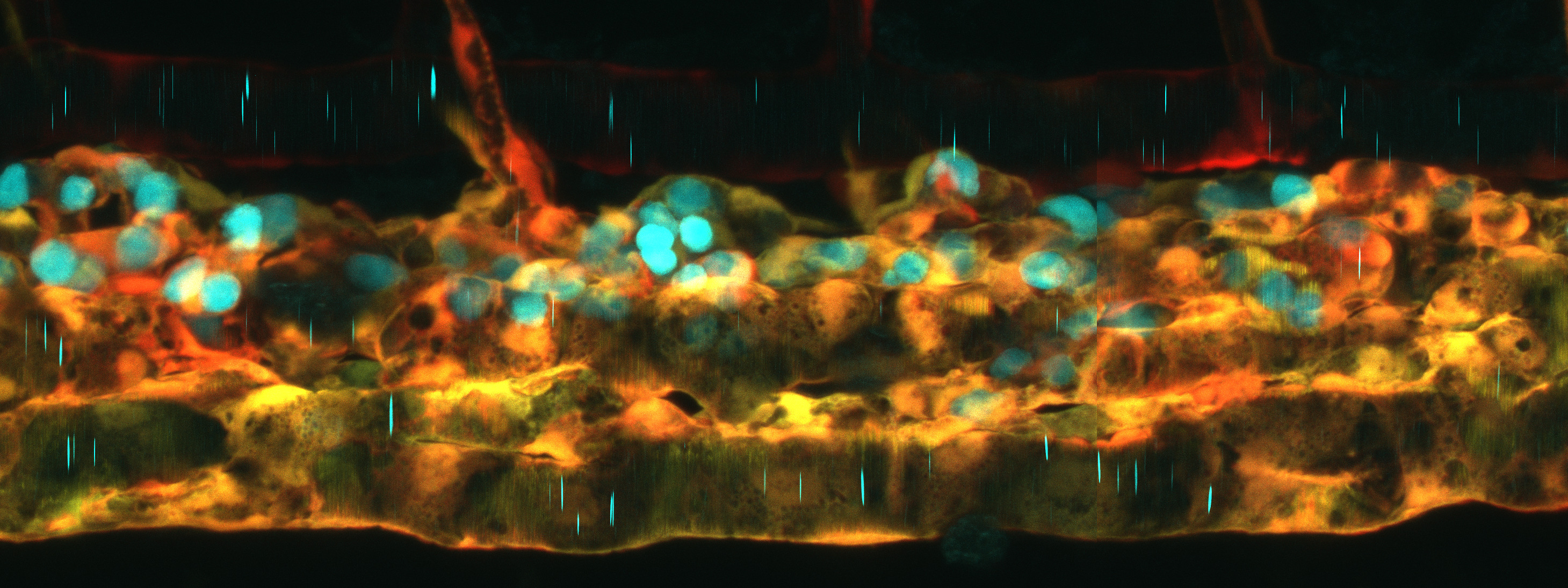



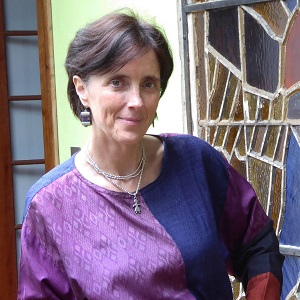 First happy 2023 to all IZFS members, their families, and of course the fish upon whom we pin our ideas and future. I hope that for all the year is filled with more happiness and less war. For the IZFS, 2023 appears as a still lake unruffled by wind and currents reflecting a year with few meetings and activities. However, the European Zebrafish Society, together with the Polish Zebrafish Society and with support from the IZFS and Jagiellonian University, will hold the 12th European Zebrafish Meeting on July 9th -13th in Krakow, Poland. The early bird registration fees ends on April 14th, so waste no time! Also the Zebrafish Disease Models Society will hold ZDM16 in Durham, North Carolina on Oct. 2-5 2023.
First happy 2023 to all IZFS members, their families, and of course the fish upon whom we pin our ideas and future. I hope that for all the year is filled with more happiness and less war. For the IZFS, 2023 appears as a still lake unruffled by wind and currents reflecting a year with few meetings and activities. However, the European Zebrafish Society, together with the Polish Zebrafish Society and with support from the IZFS and Jagiellonian University, will hold the 12th European Zebrafish Meeting on July 9th -13th in Krakow, Poland. The early bird registration fees ends on April 14th, so waste no time! Also the Zebrafish Disease Models Society will hold ZDM16 in Durham, North Carolina on Oct. 2-5 2023. 



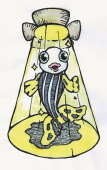
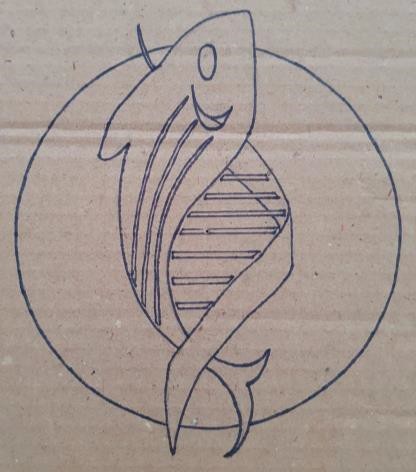 Call for New Members!
Call for New Members!